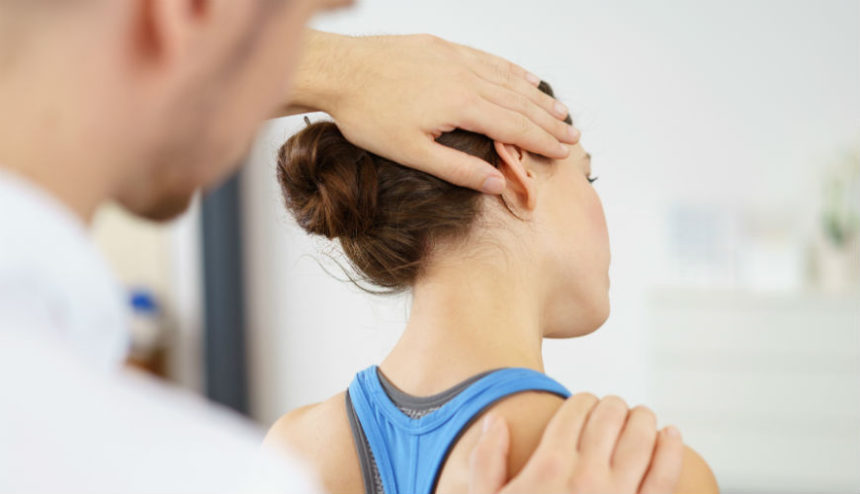 By MiKayla Christensen, PT, DPT, MTC, Physical Therapy
By MiKayla Christensen, PT, DPT, MTC, Physical Therapy
Did you know that physical therapy is a safe and effective alternative to opioids for treatment of chronic pain conditions?
The American Physical Therapy Association (APTA) uses the month of October to encourage others to learn about the multiple ways physical therapists can help manage pain. As physical therapists, we treat pain through movement, hands-on care, and patient education. The increase in physical activity can also lead to improved physical, social, and emotional health and reduce people’s risk of other chronic diseases.
During the #ChoosePT campaign, we’ll share some facts each week. Here’s part one: Pain and the Brain
1. Pain is output from the brain.
While we used to believe that pain originated within the tissues of our body, we now understand that pain does not exist until the brain determines it does. The brain uses a virtual “road map” to direct an output of pain to tissues that it suspects may be in danger. This process acts as a means of communication between the brain and the tissues of the body, to serve as a defense against possible injury or disease.
2. The degree of injury does not always equal the degree of pain.
Research has demonstrated that we all experience pain in individual ways. While some of us experience major injuries with little pain, others experience minor injuries with a lot of pain (think of a paper cut).
3. Despite what diagnostic imaging (MRIs, x-rays, CT scans) shows us, the finding(s) may not be the cause of your pain.
A study performed on individuals 60 years or older who had no symptoms of low back pain found that 36% had a herniated disc, 21% had spinal stenosis, and more than 90% had a degenerated or bulging disc, upon diagnostic imaging.
Watch for part two in the three-part series next week.
Resources:
Allegri M, Montella S, Salici F, et al. Mechanisms of low back pain: a guide for diagnosis and therapy [revised]. F1000Res.2016;5:F1000 Faculty Rev-1530. doi: 10.12688/f1000research.8105.2.
George SZ, Childs JD, Teyhen DS, et al. Brief psychosocial education, not core stabilization, reduced incidence of low back pain: results from the Prevention of Low Back Pain in the Military (POLM) cluster randomized trial. BMC Med. 2011;9:128.
Carroll I, Wang J, Wang M, et al. Psychological impairment influences pain duration following surgical injury. J Pain. 2008;9 (Suppl 2):21.


